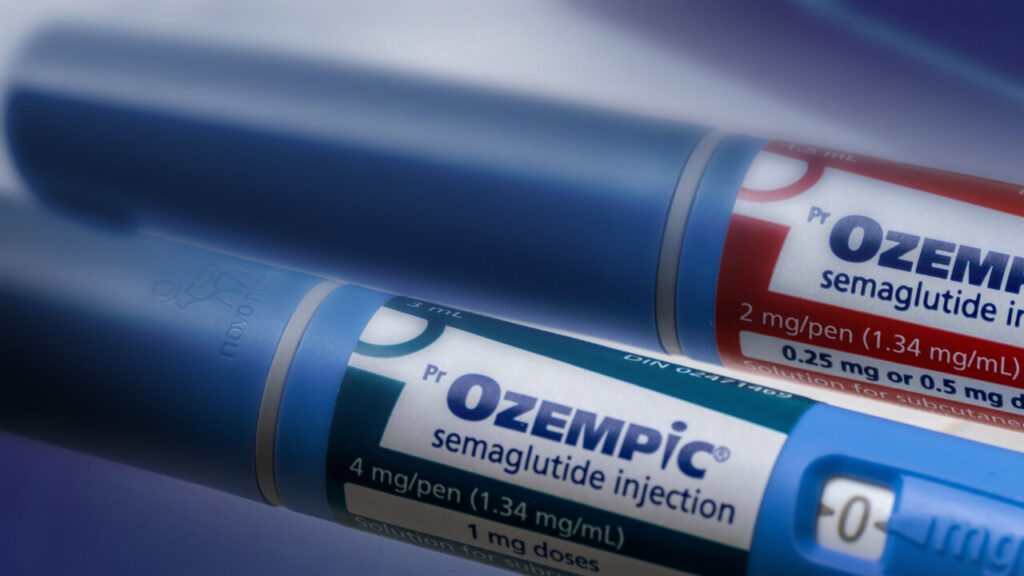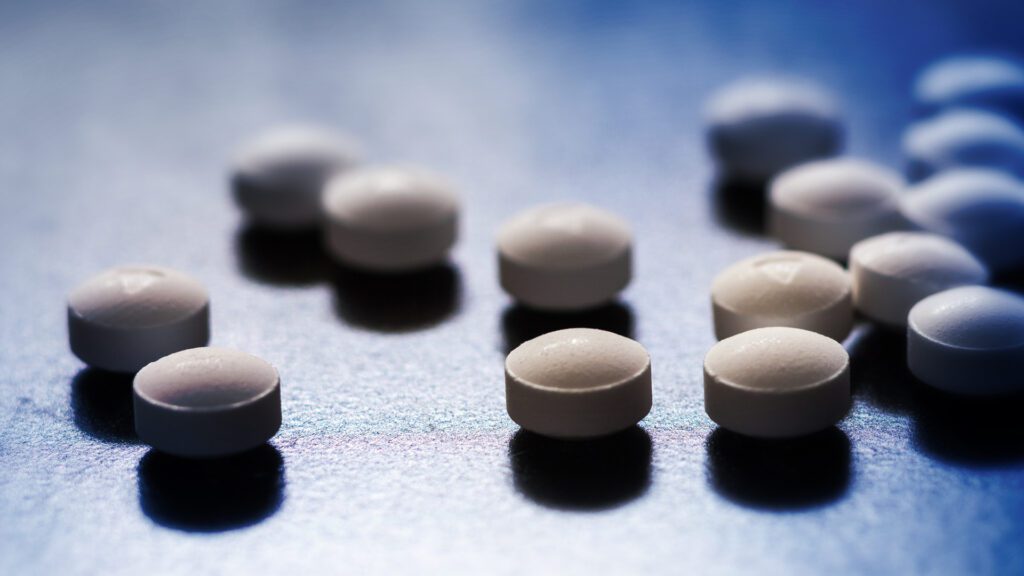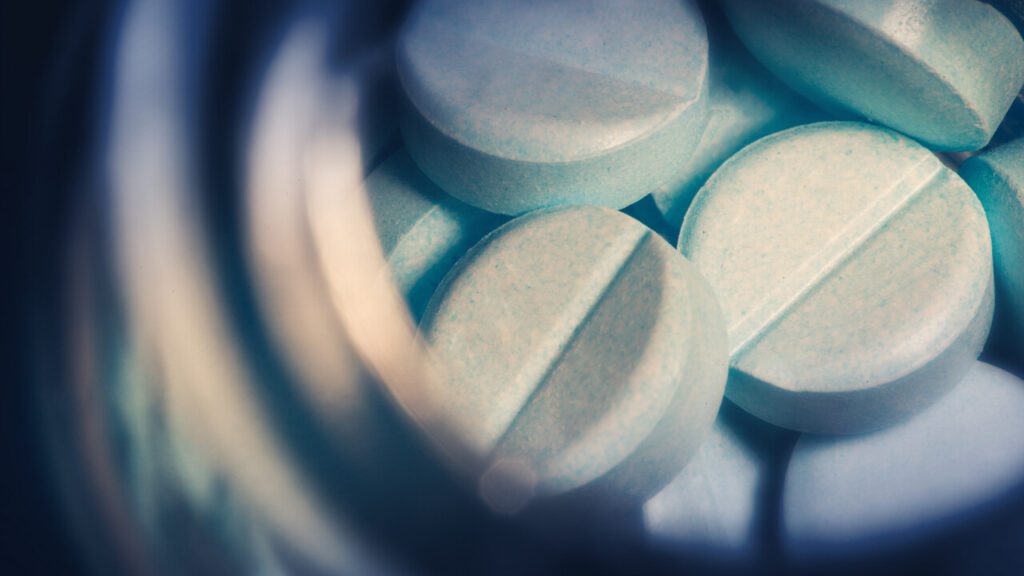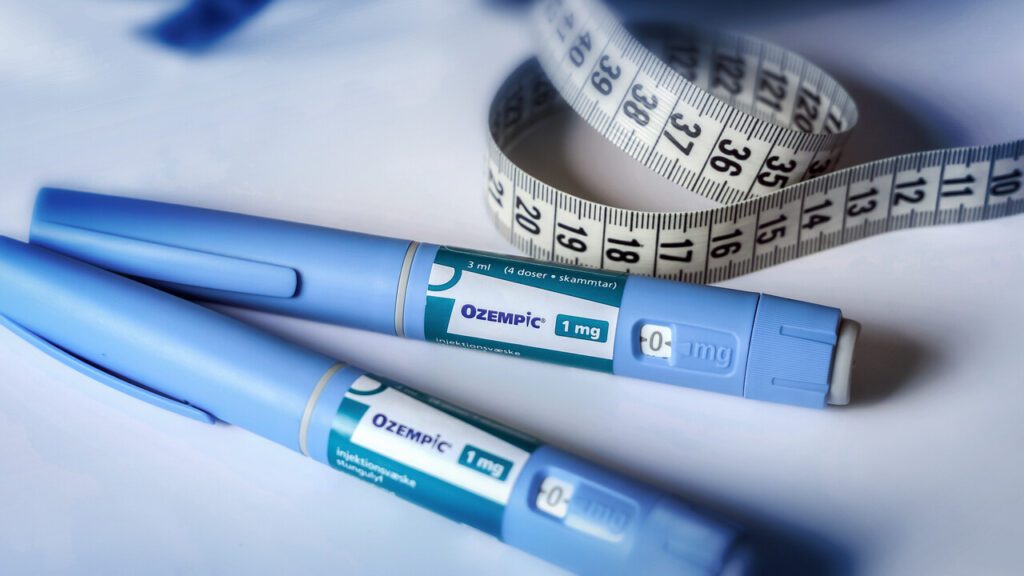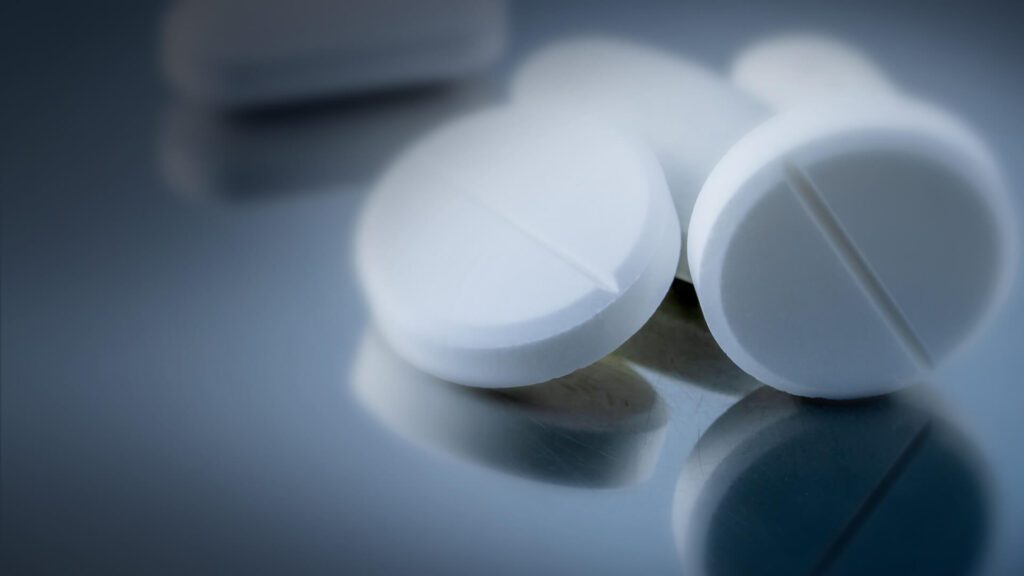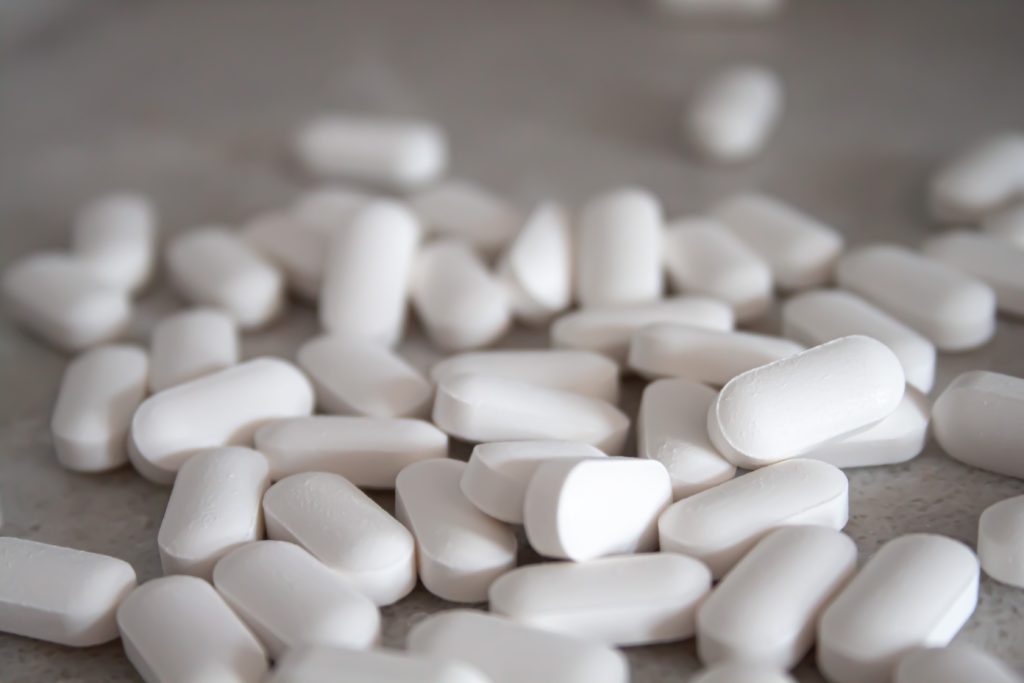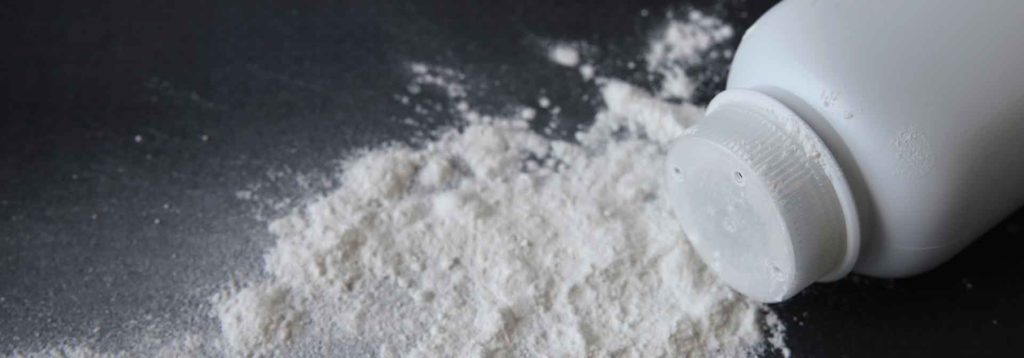
Weight Loss Drugs Rise to Popularity
In 2017, Nova Nordisk introduced Ozempic to the market as a drug for treating type 2 diabetes.
However, healthcare professionals soon observed that some individuals who use this drug experience side effects of appetite suppression and subsequent weight loss.
The weight loss popularity of this drug resulted in the development of Wegovy, a higher-dose version of Ozempic. Nova Nordisk produces GLP-1 Drugs: Ozempic, Wegovy, and Rybelsus, each containing the active ingredient semaglutide.

Breakdown of Glucagon-like Peptide 1
Glucagon-like Peptide 1 (GLP-1) is a hormone made in your intestines that helps control your blood sugar. It does this by:
- Making your body release insulin, which lowers blood sugar.
- Stopping the release of another hormone called glucagon, which raises blood sugar.
GLP-1 also slows down how quickly your stomach empties, making you feel full longer and reducing your appetite. Because of these benefits, medications that mimic GLP-1 are used to treat type 2 diabetes and help with weight loss.
A Look at the Labels
What do these diet drugs have in common? Breaking down the active ingredients linked to weight loss:
Tirzepatide – Tirzepatide, the active ingredient in Mounjaro, is gaining popularity for its weight loss effects, similar to medications like Ozempic and Wegovy. Tirzepatide acts as both a GLP-1 agonist and a GIP agonist, offering benefits similar to GLP-1 medications such as semaglutide. It is used as a second-line treatment for diabetes and is administered as a once-weekly subcutaneous injection. Eli Lilly manufactures two medications that contain tirzepatide: Mounjaro and Zepbound.
Semaglutide – Semaglutide is a medication designed to help lower blood sugar levels. It works by mimicking a hormone called GLP-1, which the body naturally produces to aid digestion after meals. GLP-1 also helps reduce hunger and promotes a feeling of fullness.
Serious Side Effects
While these drugs can be used to manage type 2 diabetes, they also are linked to a variety of serious and potentially fatal health hazards.
- Nonarteritic Anterior Ischemic Optic Neuropathy (NAION) – NAION is a rare condition that causes sudden blindness, typically in one eye, due to a lack of blood flow to the optic nerve. There is no known treatment for the condition. Patients with type 2 diabetes and obesity who take semaglutide appear to be at greater risk of NAION compared to those prescribed a non-GLP-1 drug.
- Intestinal Blockages – In 2023, the Food and Drug Administration (FDA) reported receiving complaints indicating safety concerns for these drugs, including the risk of serious and life-threatening intestinal blockage, which often requires major surgery. Intestinal blockage signs and symptoms may include abdominal cramps, bloating, constipation, vomiting, difficulty passing gas
- Stomach Paralysis – Stomach paralysis, also known as gastroparesis, prevents the stomach’s nerves and muscles from working properly, leaving food sitting too long. Symptoms of gastroparesis may include Indigestion, nausea, vomiting, malnutrition, bloating, feeling full quickly, upper abdominal pain, loss of appetite, and constipation.
Meet Our Ozempic Attorneys
Related News
Ozempic Order Breakdown, The Latest In The Litigation
The latest in Case Management Orders (CMOs) for the Ozempic Litigation! Judge Karen Marston is overseeing…
Victory Against Company Selling Kids Suicide Chemical
Beasley Allen, along with its co-counsel C.A. Goldberg, PLLC, recently secured a win at the…
Blockbuster Diet Drugs Linked to Blindness
Diet drugs have skyrocketed in popularity and are no stranger to scary side effects. In…
Alabama Opioid Settlements: $728 Million & Climbing
The opioid epidemic swept across the United States, leaving a trail of addiction, overdose, and…
Alabama Reaches $220 Million Settlement with Opioid Distributors
The State of Alabama has settled with two opioid distributors, resolving litigation for their roles…
New Lawsuits Filed Over Ozempic Side Effects
Many of us have come across advertisements for Ozempic, an FDA-approved injection used to treat…
Acetaminophen MDL Clients Get Favorable Ruling
U.S. District Judge Denise Cote in the Southern District of New York recently took significant…
Opioid multidistrict litigation, state cases updates
Lawyers in the opioid multidistrict litigation (MDL) debated in a hearing on Nov. 6 over…
School districts in three states file vaping lawsuits against JUUL Labs
Beasley Allen lawyers and co-counsel filed lawsuits on behalf of school districts in Kansas, Missouri,…
Beasley Allen sues JUUL for Ohio mother of addicted teen twins
Beasley Allen has filed a lawsuit against JUUL Labs on behalf of Rene Chaney, an…
New vaping law in effect in Alabama
The growing vaping epidemic has gained the attention of law and policymakers across the country….
Daubert hearings over talc’s cancer risk conclude after days of testimony
Daubert hearings involving eight days of expert testimony over whether Johnson & Johnson’s talcum powders…




